
The Havwii 2 intelligent aquaculture platform in Liusha Bay, Zhanjiang, Guangdong province, is swimming with over 200 metric tons of fish fry in August. (CHEN JIMIN/CHINA NEWS SERVICE)
Around one million golden pomfrets weighing over 200 metric tons, along with other fish fry, have been breeding inside a giant intelligent aquaculture platform in Liusha Bay, Zhanjiang, a coastal city in Guangdong province, since it was put into operation in early August.
The Havwii 2, a semi-submersible truss-style intelligent aquaculture platform, which has a volume of 30,000 cubic meters, is capable of cultivating over 1,000 tons of fish in a single farming cycle.
The platform is the largest of its kind in Guangdong, and is equipped with a solar power system, enabling it to achieve self-sufficiency with green energy and allowing unmanned operation and real-time remote monitoring during fish farming.
"We have made a significant investment to breed golden pomfrets as there is a high demand for the fish in the market thanks to its delicious meat," said Lu Zhenxiang, assistant to the president of Guangdong Havwii Agricultural Group, the operator of the platform.
The first batch of golden pomfrets is expected to be available in the market before Spring Festival, with an estimated output value of 20 to 30 million yuan ($2.7 to $4.1 million), according to Lu.
Operation of the aquaculture platform follows Guangdong's ambitious plan to develop deep-sea aquaculture equipment and smart fisheries, promoting the transformation and upgrading of the marine fisheries industry toward informatization, intelligence and modernization.
"The construction of offshore aquaculture platforms will help further strengthen the country's marine economy and the so-called blue-grain warehouse," said Lu.
Another platform for offshore aquaculture, Havwii 1, has already been in operation since April, with a breeding capability of 20 kilograms per cubic meter, according to Lu.
A series of systems have been utilized to enable the digitalization of fisheries and data collection, including monitoring fish growth and water quality.
"With a solar power system and other intelligent and modern facilities, the two platforms have a strong resistance to wind and waves, allowing a similar living environment for fish and greatly increasing farming efficiency," said Lu.
The Havwii 2 has a designed operating life of 20 years. It will be used for the cultivation of popular seawater fish species such as brown croakers, cobias and giant groupers.
Offshore aquaculture has emerged as a new driving force for high-quality development in Guangdong in recent years as the blue-sea economy accelerates.
The output value of Guangdong's marine production topped 1.8 trillion yuan last year, a year-on-year increase of 5.4 percent and accounting for 14 percent of the province's gross domestic product, according to the Department of Natural Resources of Guangdong.
China has been actively promoting the construction of modern marine ranches, considering them as one of the important measures to achieve food security and to practice sustainable food.
In neighboring Fujian province, which is a leader in exports of aquatic products, the blue economy continues to inject vitality into the industry, with the building of 18 deep-sea aquaculture platforms.
Fujian's total marine production value reached nearly 1.2 trillion yuan last year, with aquatic products reaching 8.6 million tons, according to the local government.
More intelligent facilities have been installed in deep-sea aquaculture platforms in the province. In Dinghai Bay of Lianjiang county in Fuzhou, Fujian, wind turbines have been installed inside Zhenyu No 1, a large aquaculture platform, enabling a breeding cage to flip 360 degrees to simulate the wild living environment.
The environment helps give yellow croakers living in the cage wild quality and fresh meat. Fujian produces 80 percent of the country's yellow croakers.










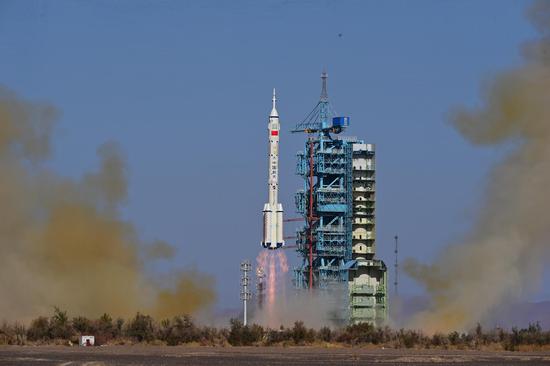
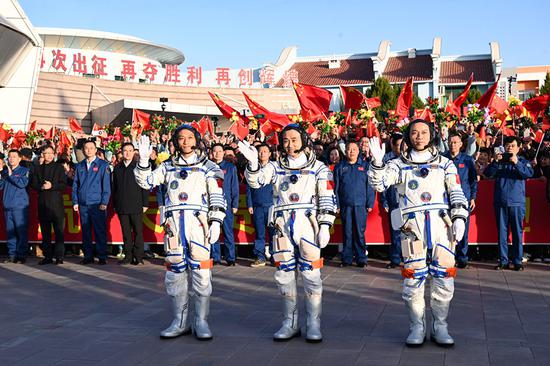
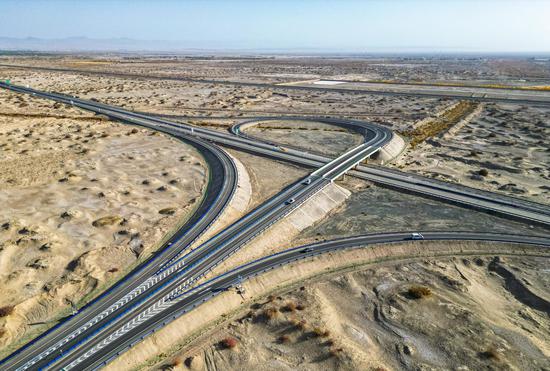



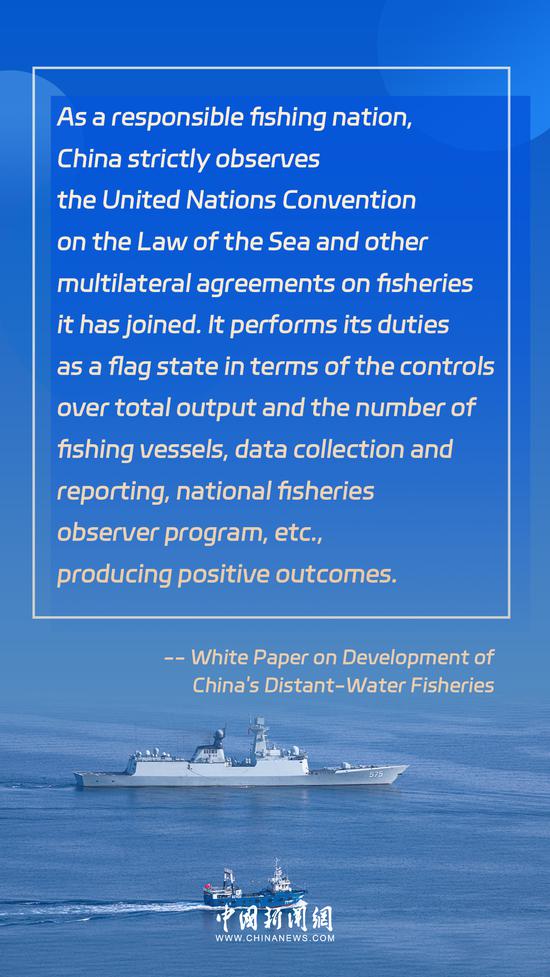




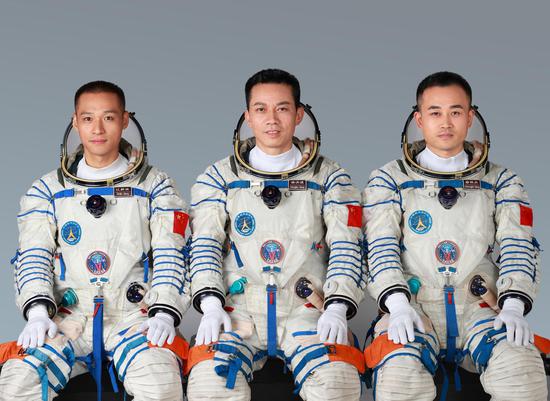
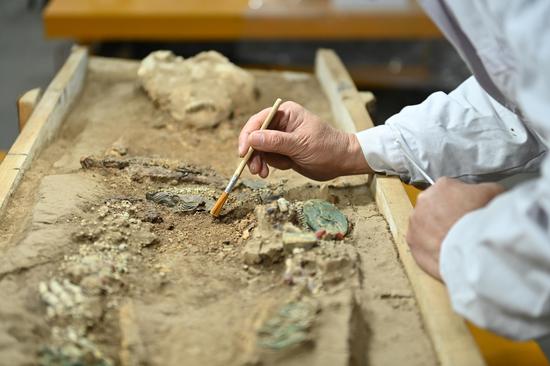
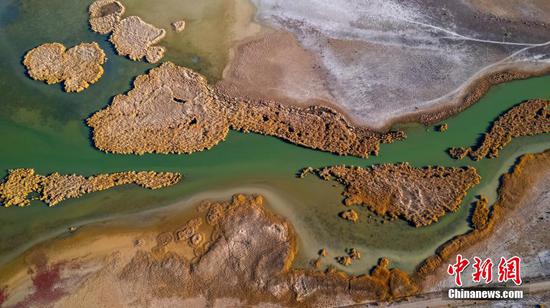
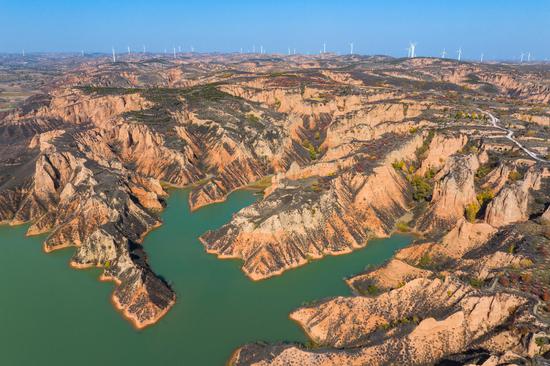

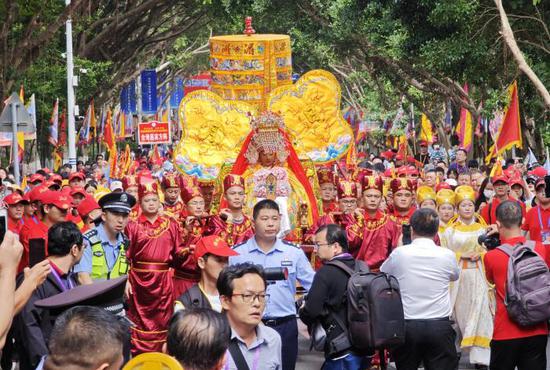
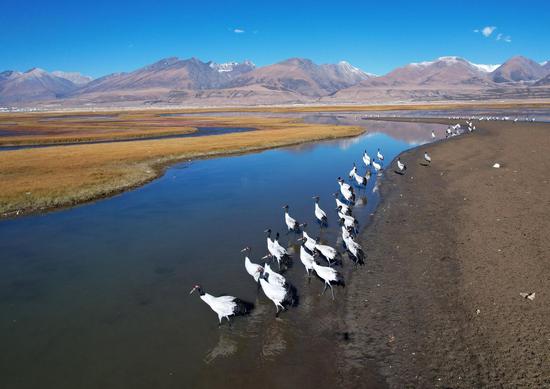


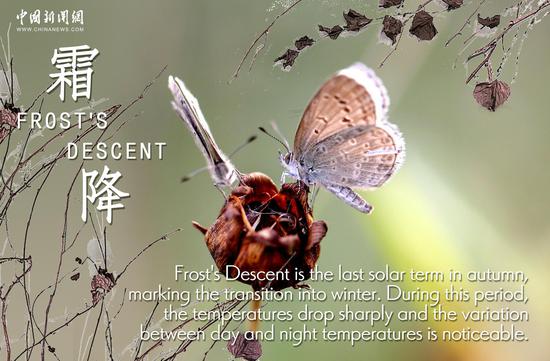



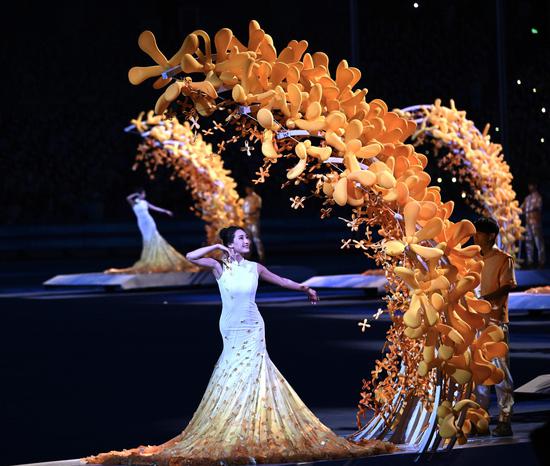



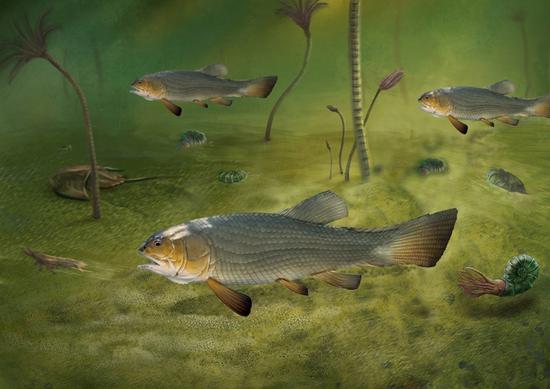


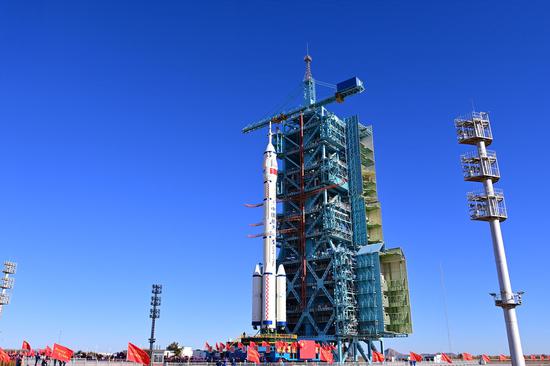

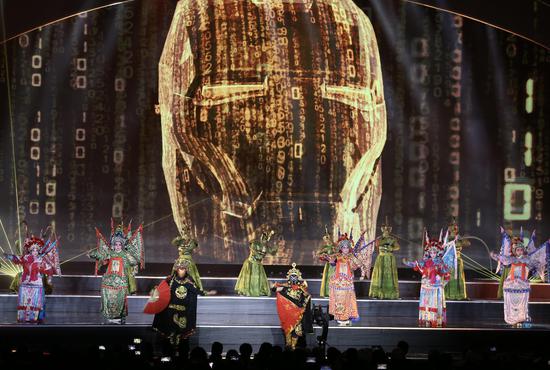
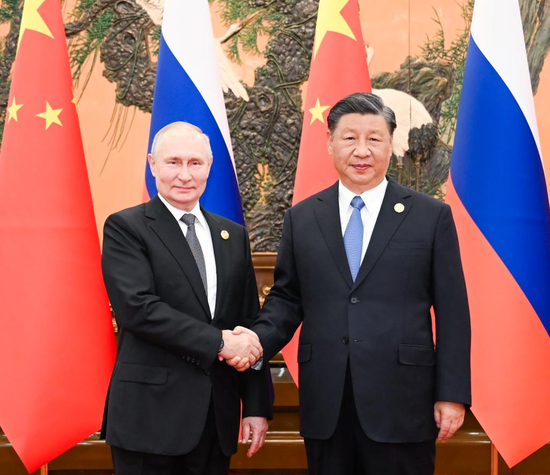





 京公网安备 11010202009201号
京公网安备 11010202009201号